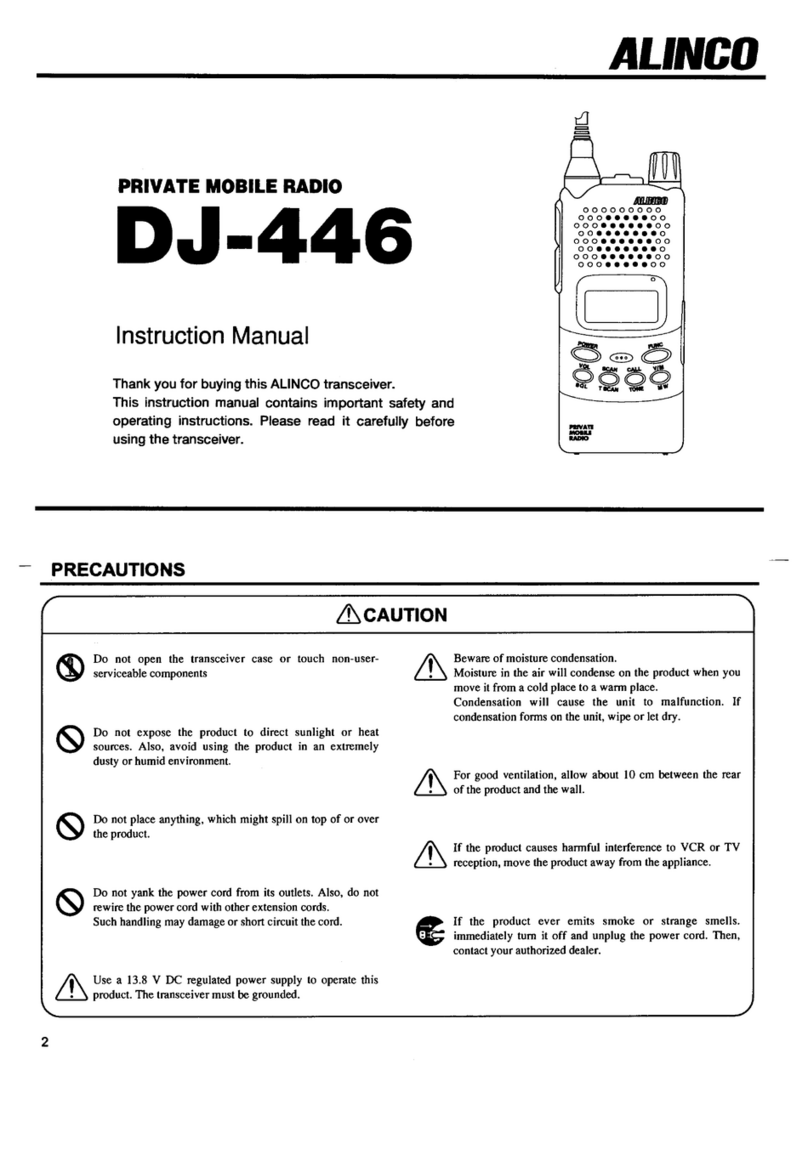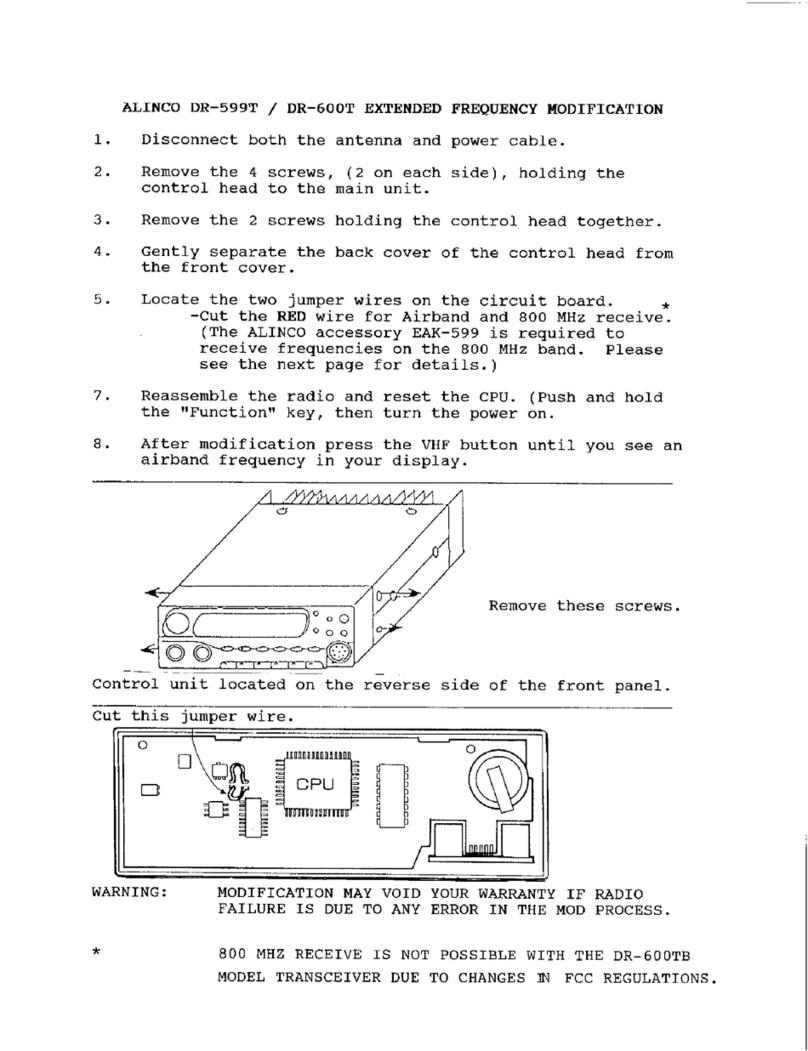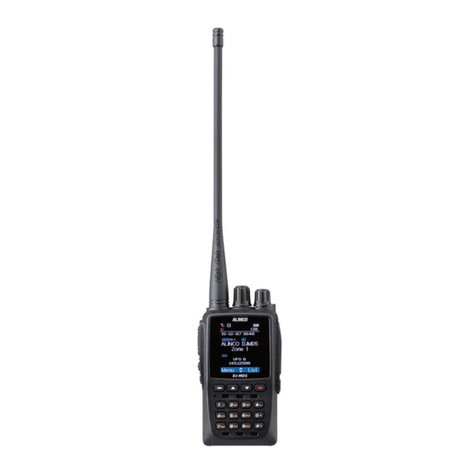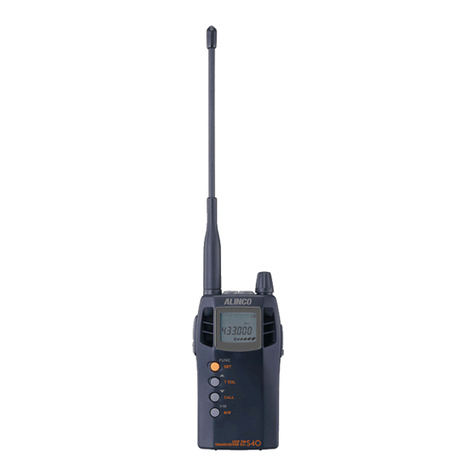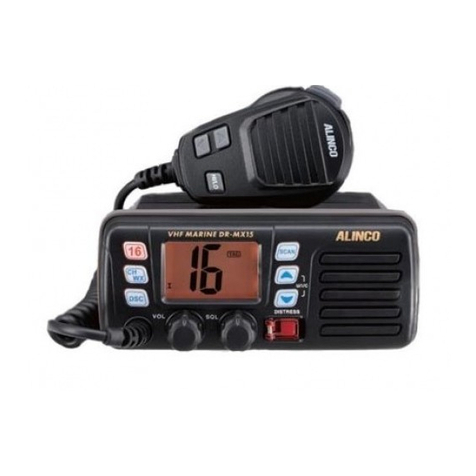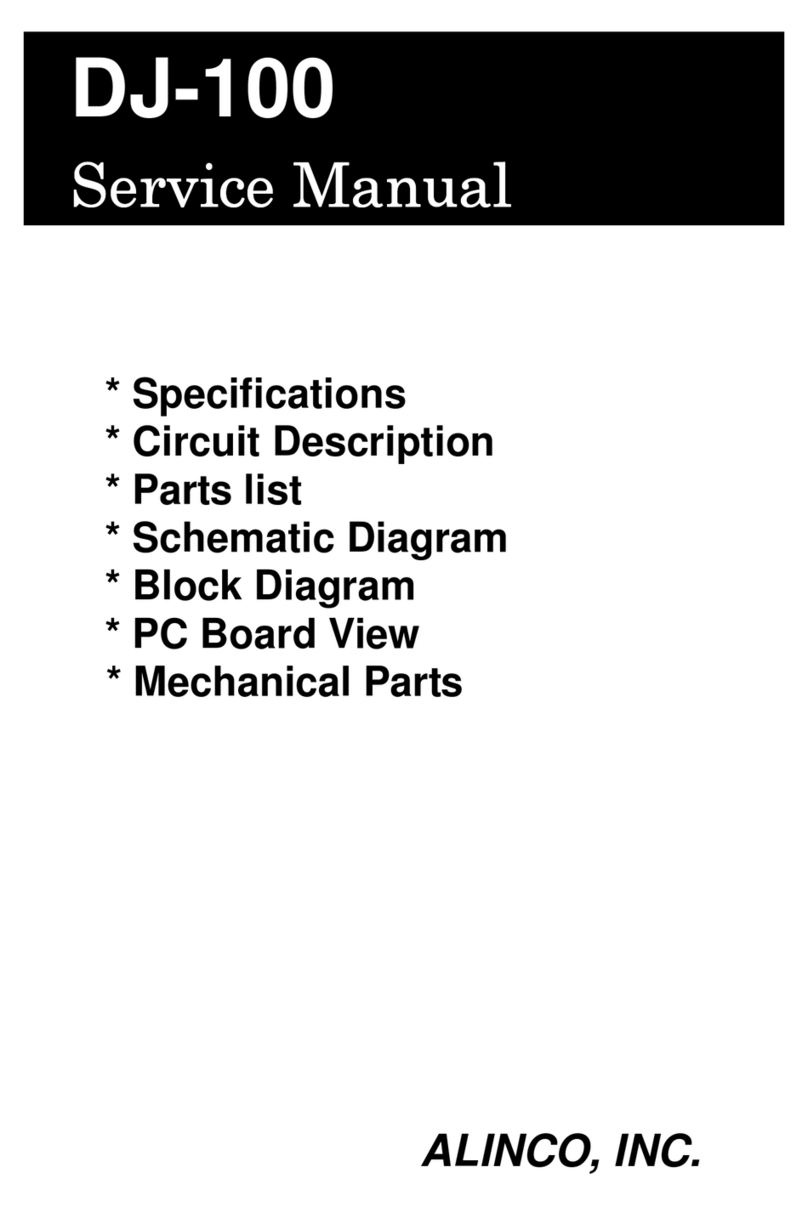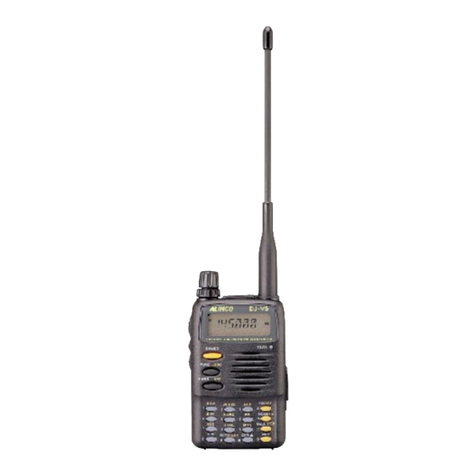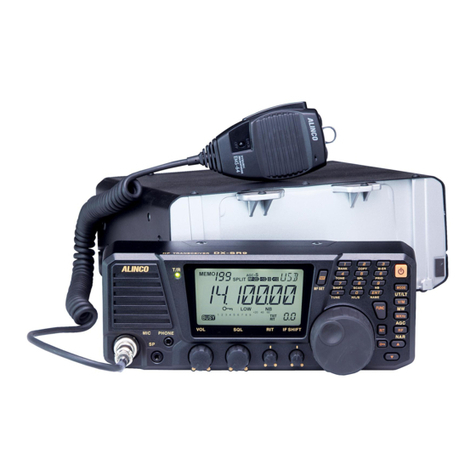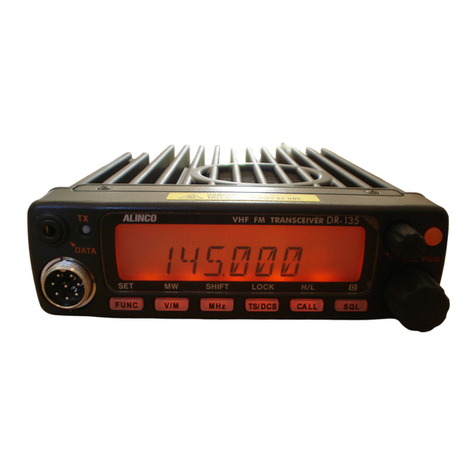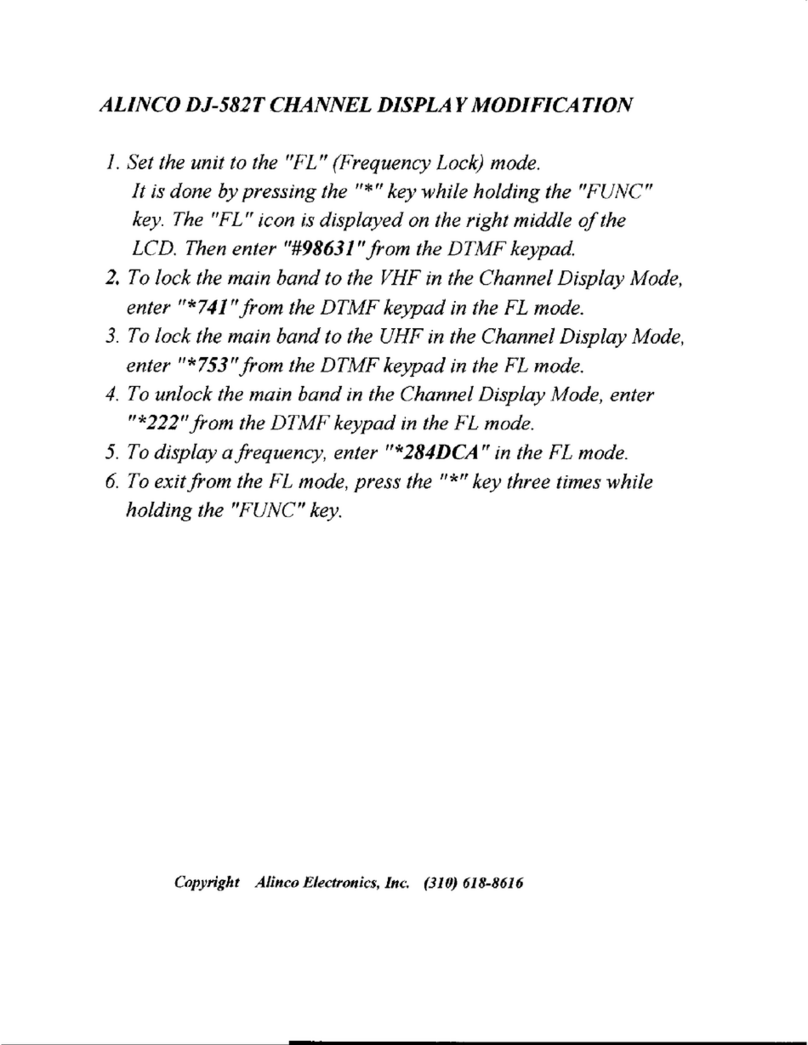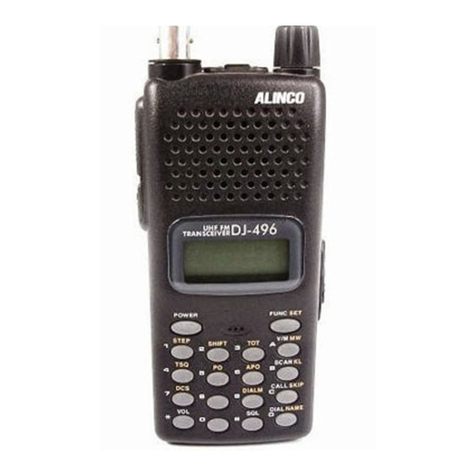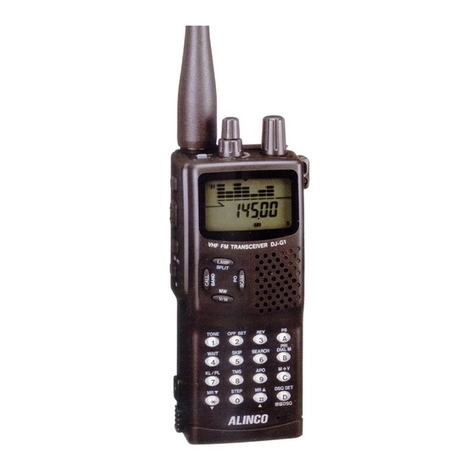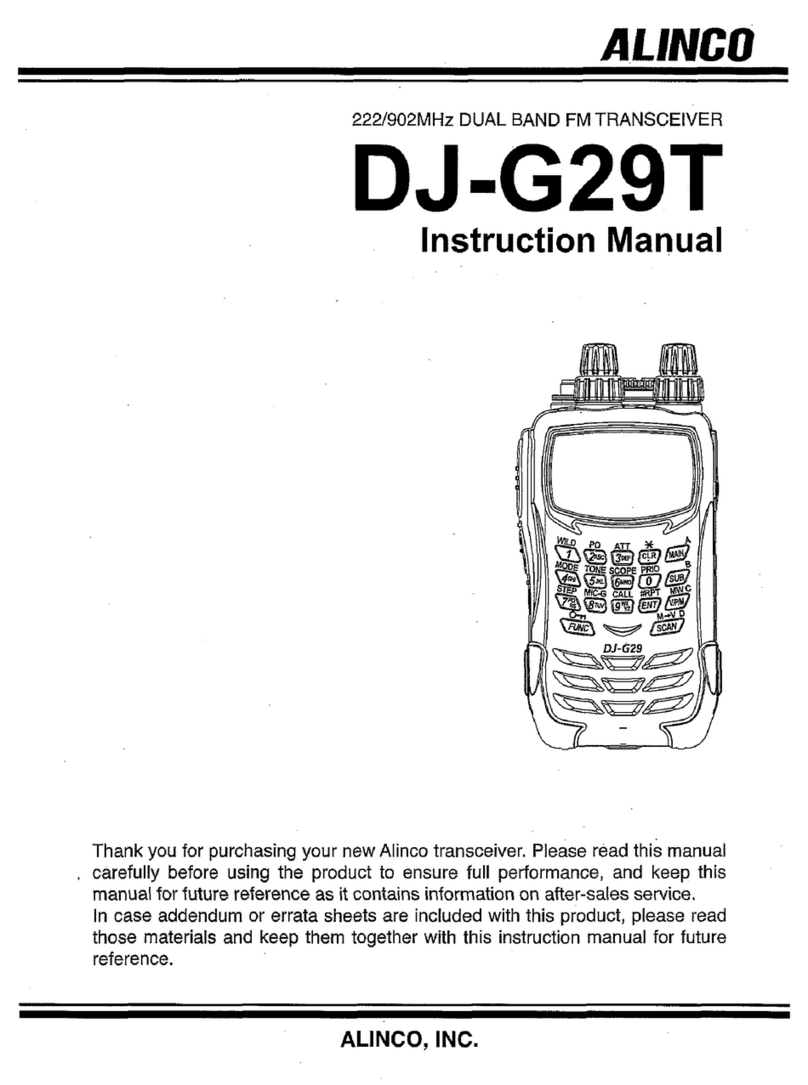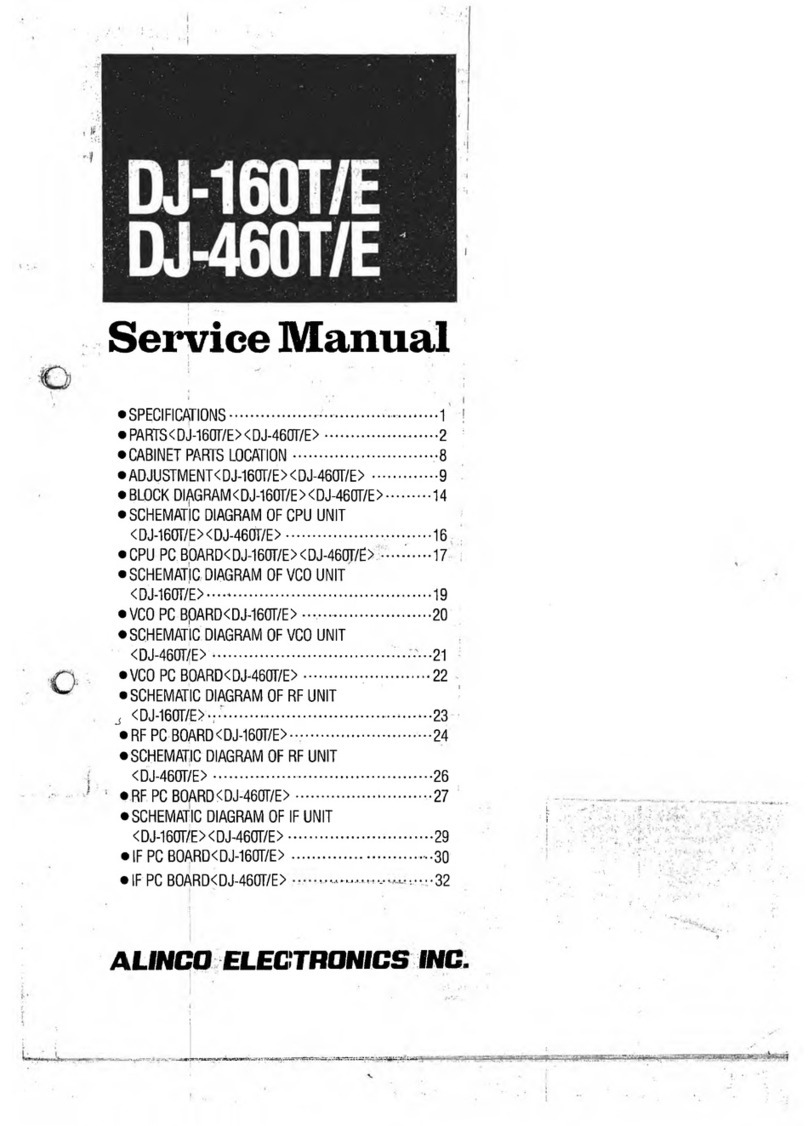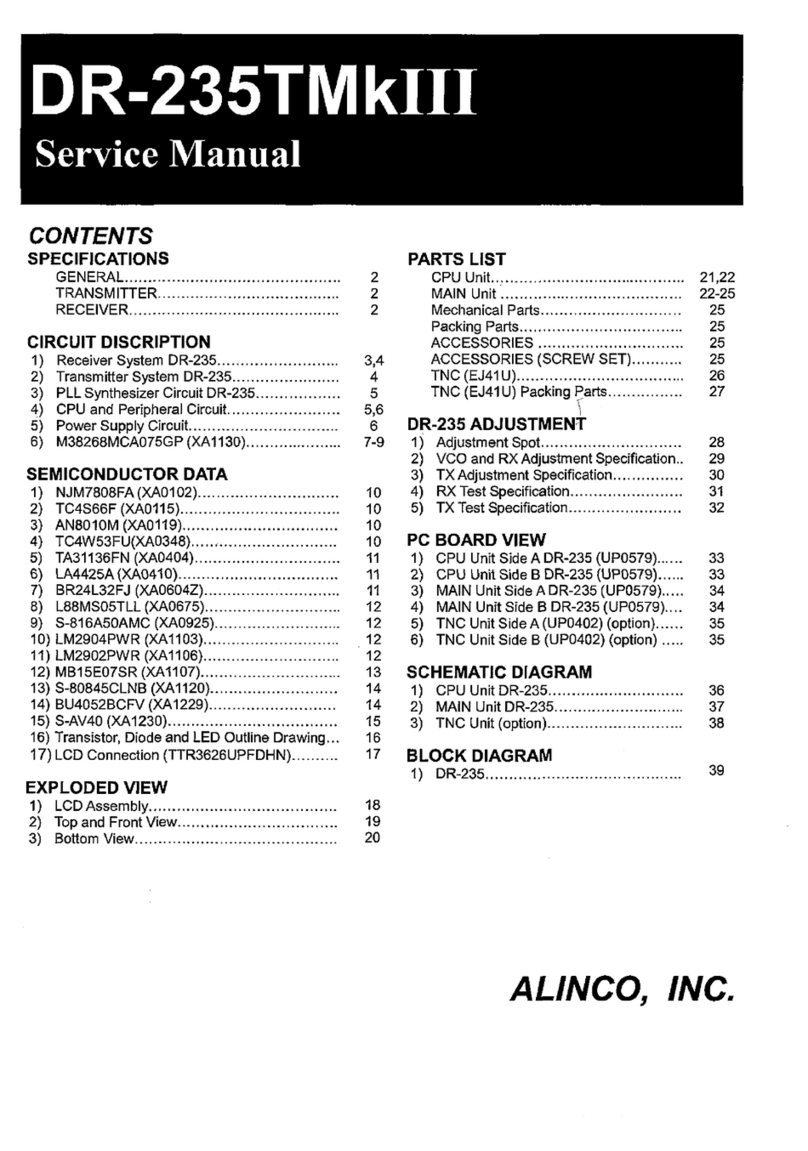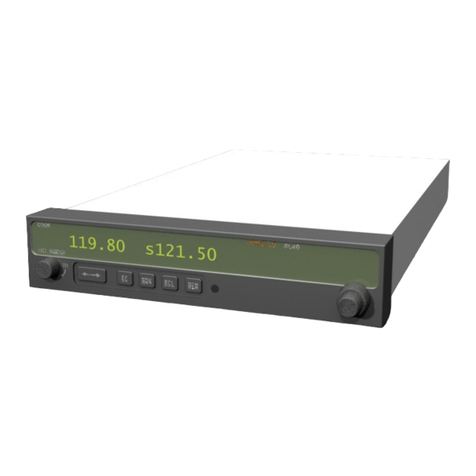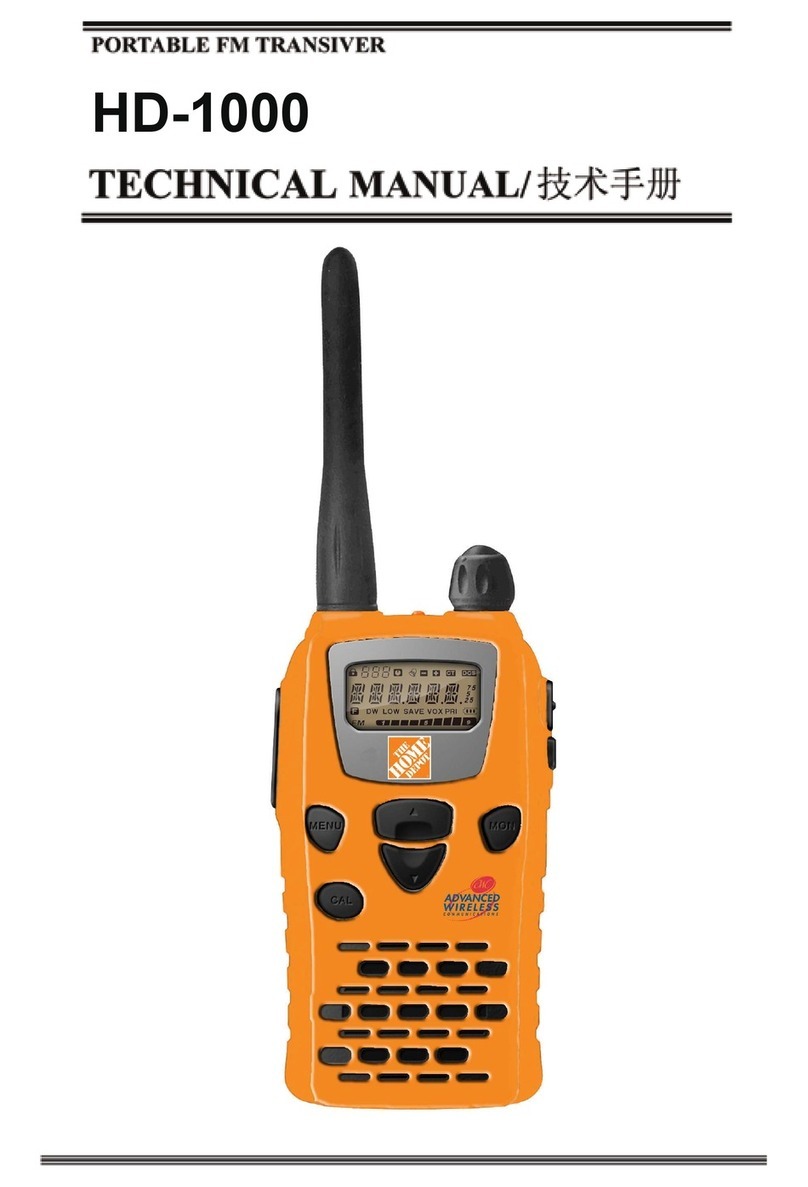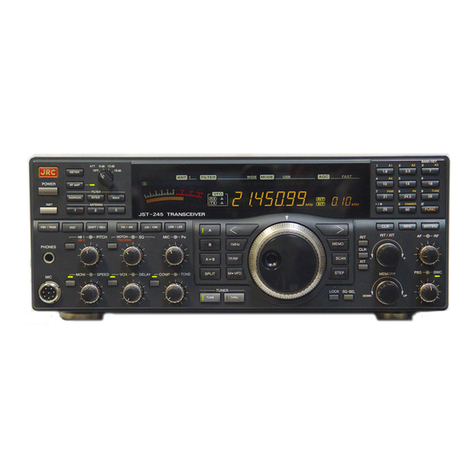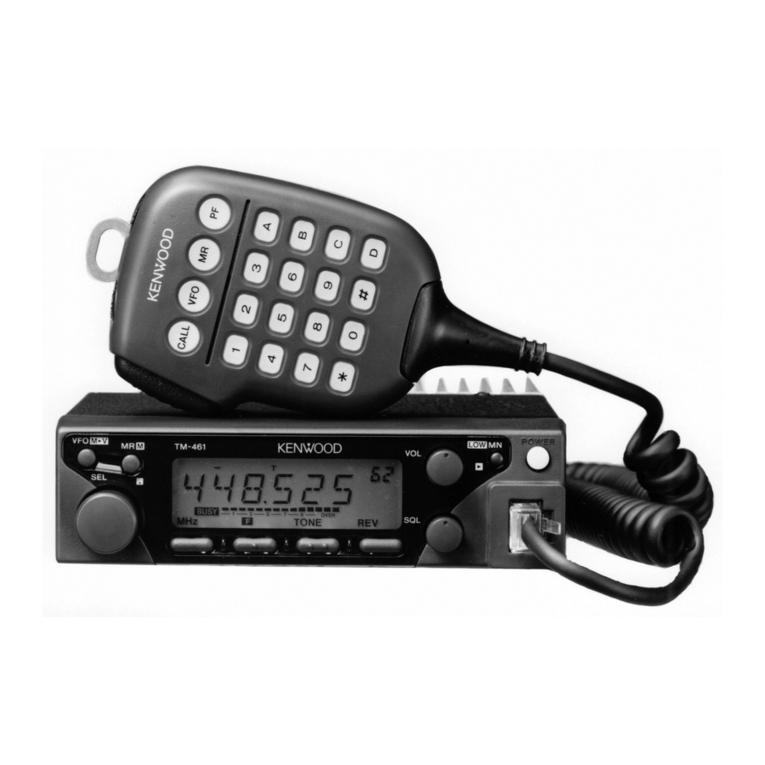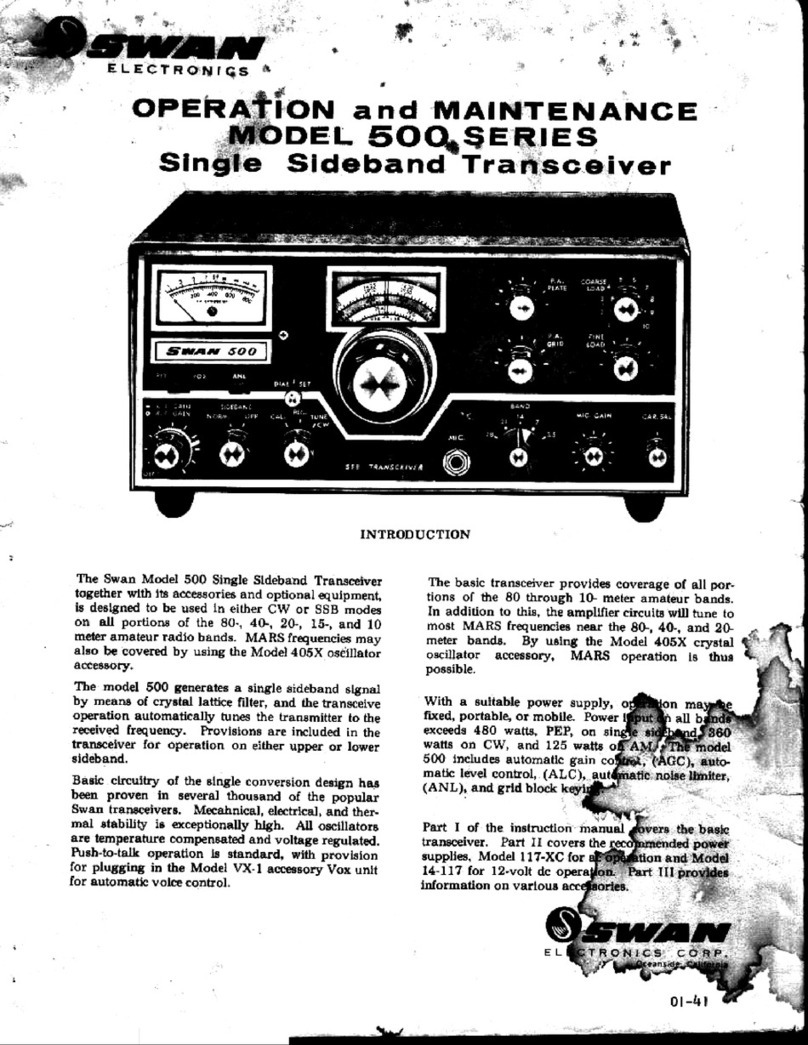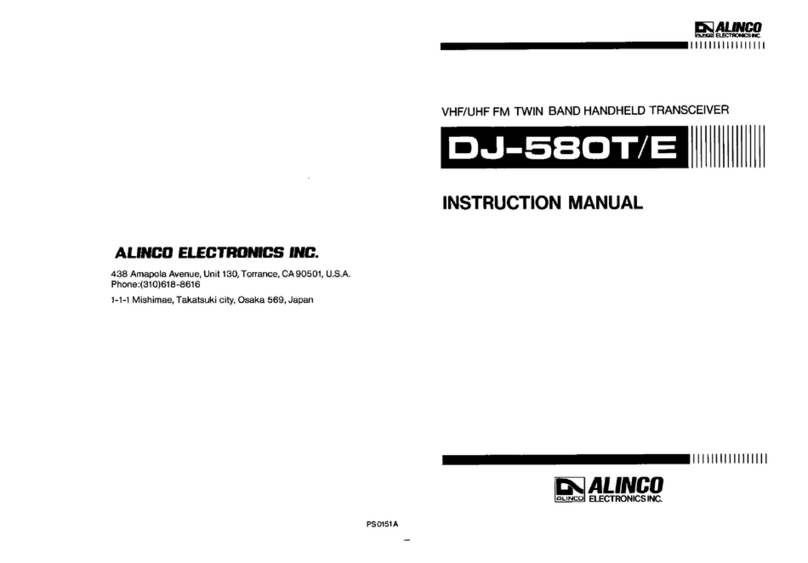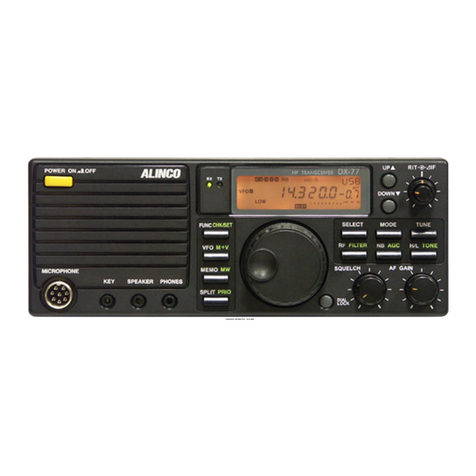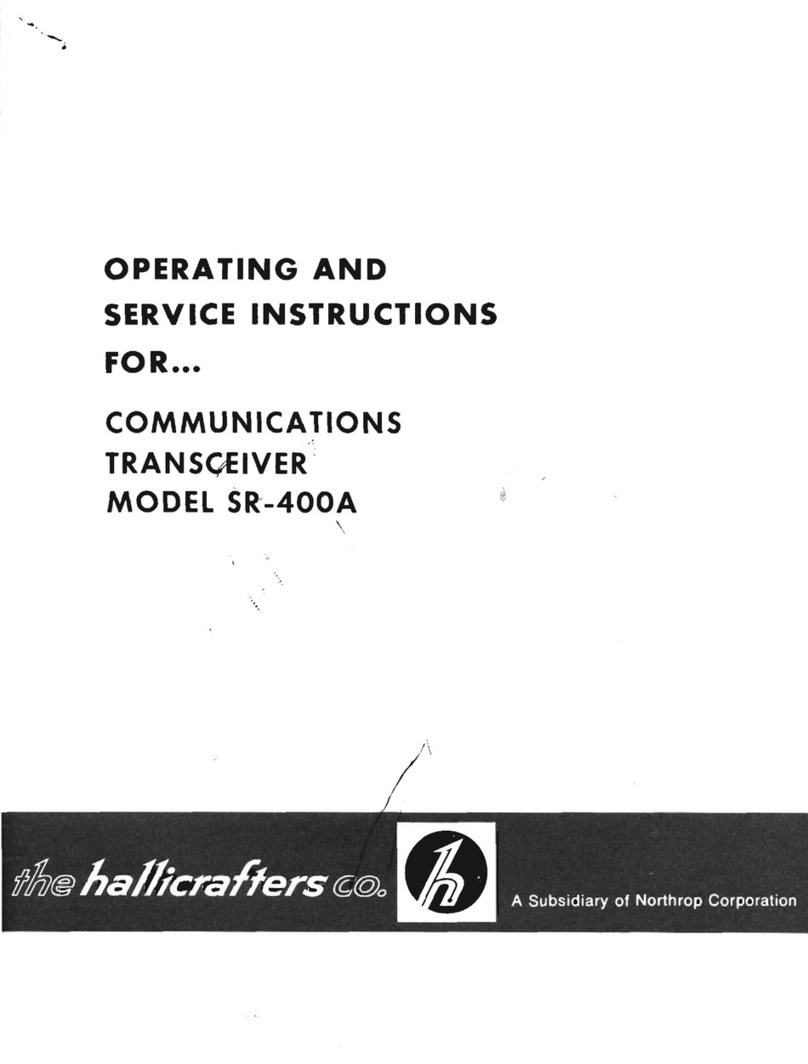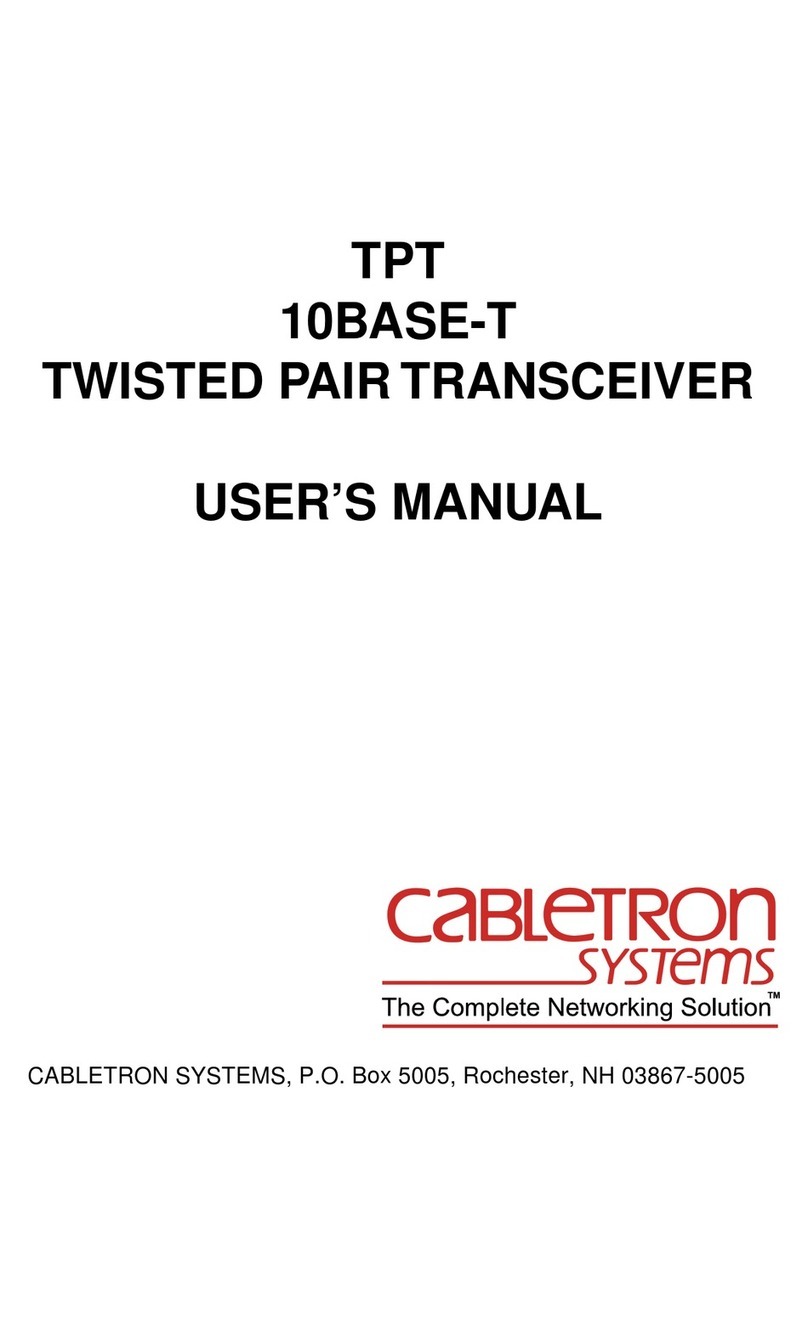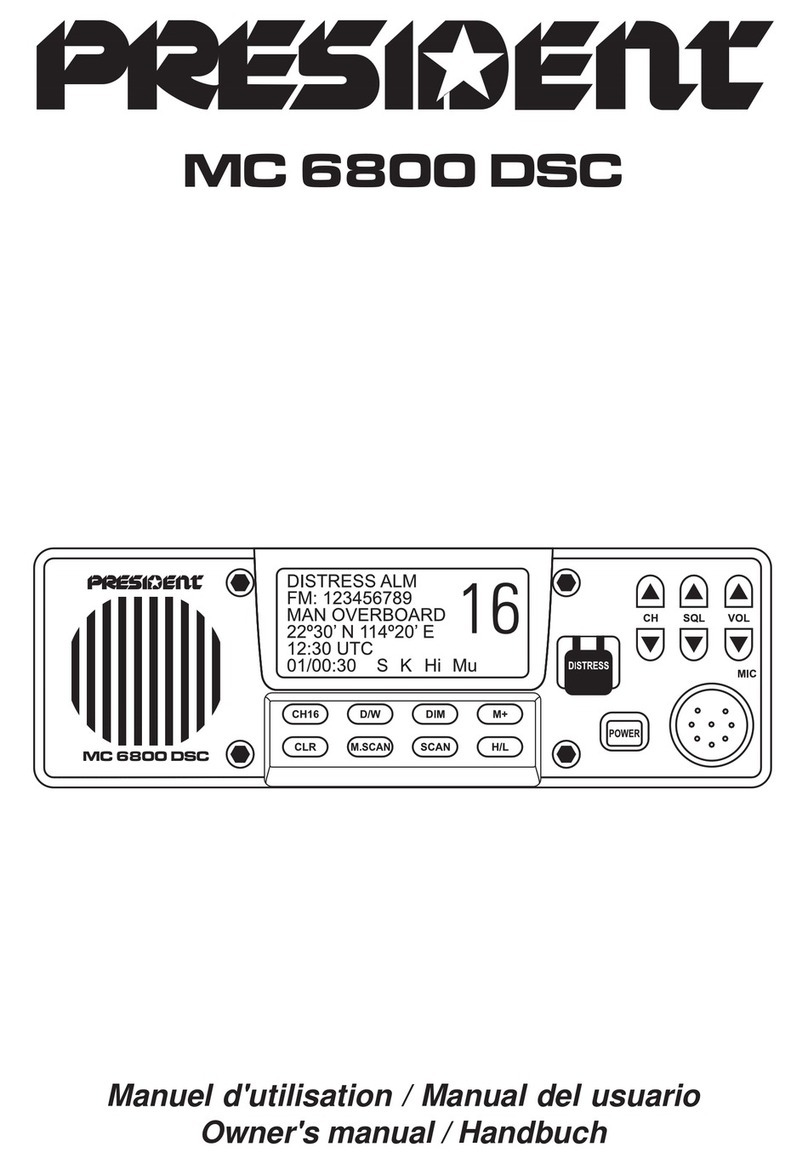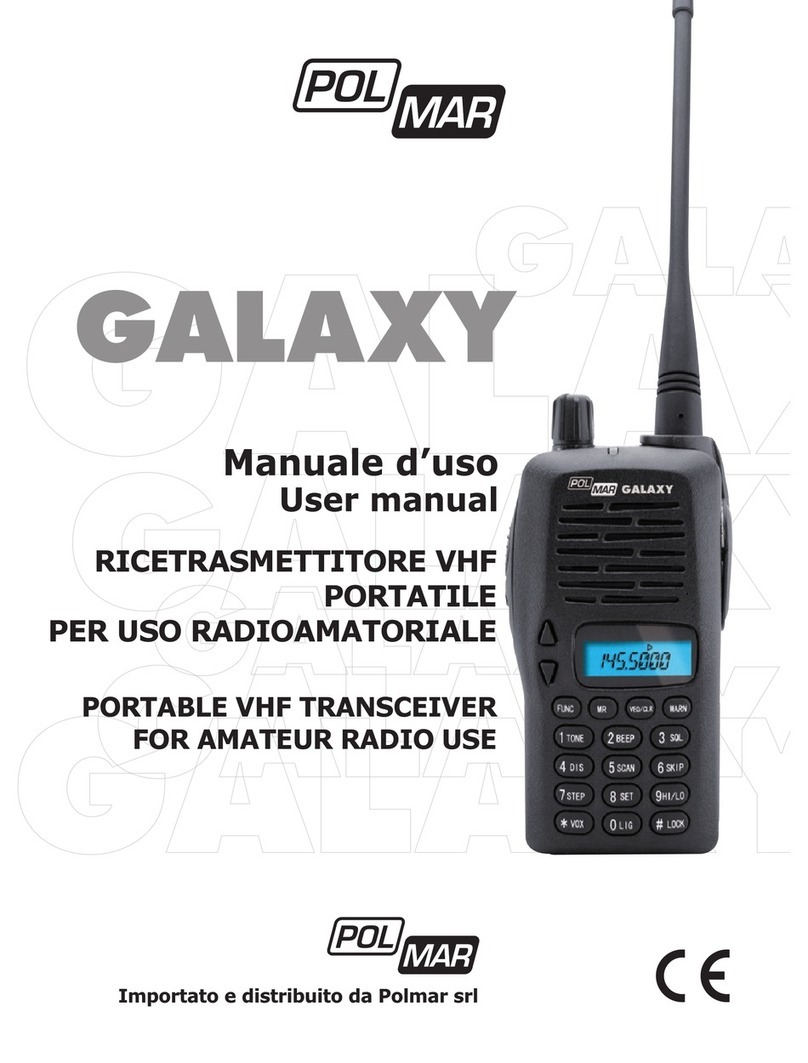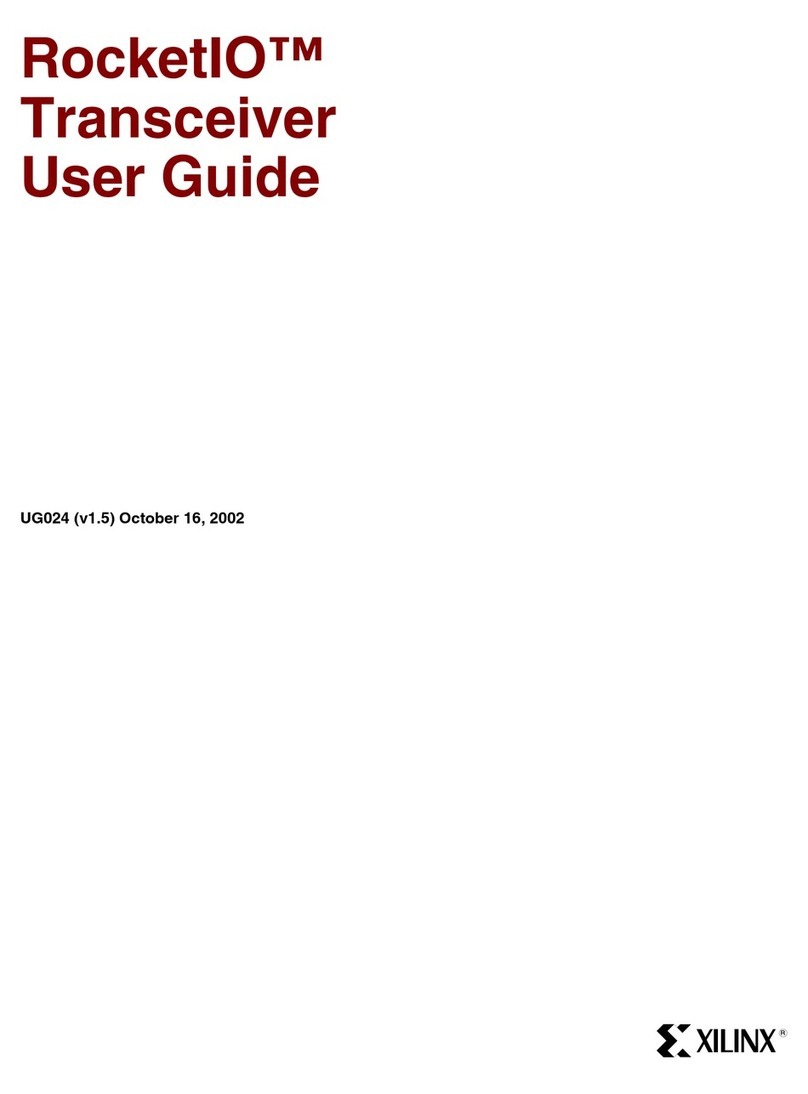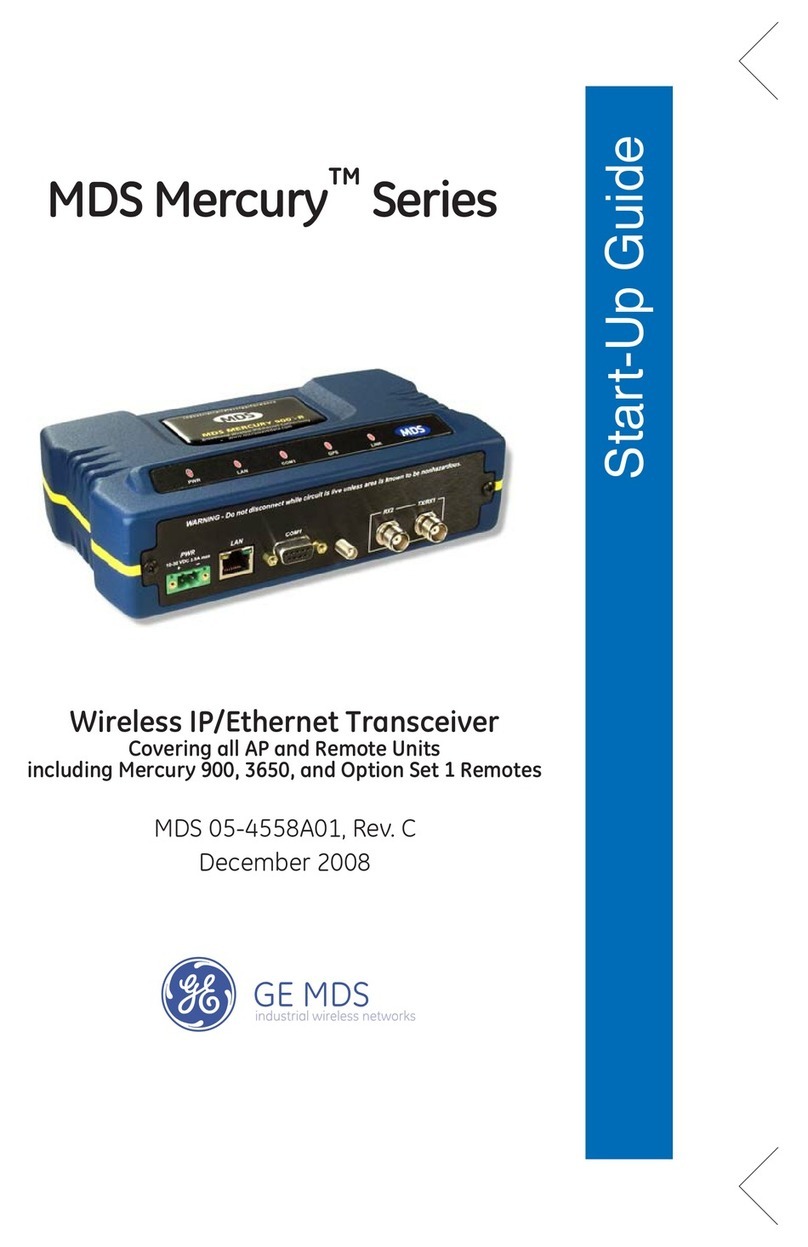2
Contents
Procedure................................................................................................ 35
2.4 Practical Techniques for SSB Operation ........................................................36
Introduction.............................................................................................. 36
Eliminating Interference (QRM)...............................................................36
Communicating in Bad Conditions .......................................................... 37
Communicating with Off-frequency Stations ........................................... 37
Communicating in Pile-ups......................................................................37
2.5 AM Operation .................................................................................................38
Procedure................................................................................................ 38
2.6 General Coverage Receiver Operation .......................................................... 39
Introducution............................................................................................ 39
Procedure................................................................................................ 39
2.7 FM Operation .................................................................................................41
Introduction.............................................................................................. 41
Procedure................................................................................................ 41
2.8 Repeater Operation (QUICK OFFSET).......................................................... 42
Introduction.............................................................................................. 42
Procedure................................................................................................ 42
2.9 CW Operation ................................................................................................43
Introduction.............................................................................................. 43
Procedure................................................................................................ 43
2.10 Practical Techniques for CW Operation........................................................44
Introduction.............................................................................................. 44
Reducing Interference ............................................................................. 44
Communicating in Bad Conditions .......................................................... 44
Communicating in Pile-ups......................................................................44
2.11 Split-Frequency Operation ...........................................................................45
Introduction.............................................................................................. 45
Procedure................................................................................................ 45
2.12 RTTY Packet Operation (FAX/SSTV)........................................................... 46
Introduction.............................................................................................. 46
Connecting Additional Equipment ........................................................... 46
Procedure................................................................................................ 46
Chapter 3 Memory Features.......................................................47
3.1 Basics.............................................................................................................47
Features ..................................................................................................47
3.2 Simplex-VFO-Frequency Programming .........................................................48
Procedure................................................................................................ 48
3.3 Split-Frequency Programming Using Quick Offset Function.......................... 49
Procedure................................................................................................ 49
3.4 Split-frequency Programming......................................................................... 50
Procedure................................................................................................ 50
3.5 Memory Mode Operation ...............................................................................51
Procedure................................................................................................ 51
3.6 Memory Channel Data Erasing ......................................................................52
Erasing Data in a Selected Memory Channel .........................................52
Erasing All Memory Channels (Memory reset) .......................................52
3.7 Memory To VFO Data Transfer.......................................................................53
Introduction.............................................................................................. 53
Procedure................................................................................................ 53
3.7 Channel Name (Alphanumeric) Registration Function................................... 53




















